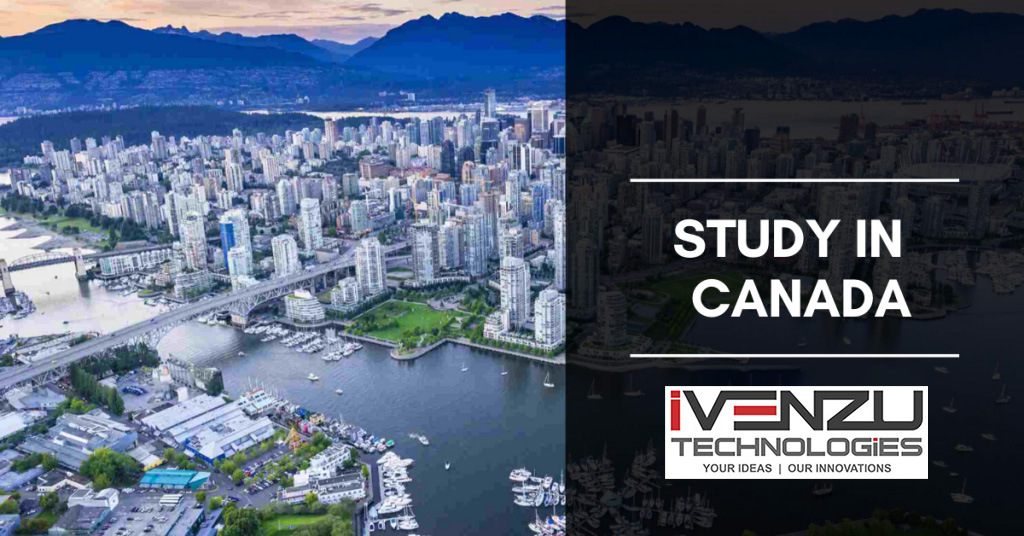IELTS Writing Task 1 – Maps
IELTS Academic Writing Task 1 may also include maps as the visual representation. Maps may show the changes in a particular area over time, such as the growth of a city or the development of a region. When describing maps, it is important to keep the following points in mind:
- Introduction: Start by briefly describing the location and the type of map you are describing, such as a road map, topographic map, or aerial photograph.
- Key features: Identify the key features of the map, such as roads, rivers, buildings, landmarks, and other significant structures.
- Changes over time: If the map shows changes over time, be sure to describe these changes in detail. For example, you may describe the growth of a city over time, including the construction of new buildings, roads, and other infrastructure.
- Direction: Use directional language to describe the location of different features on the map. For example, you might say that a river flows from north to south or that a building is located in the northeast corner of the map.
- Comparison: If there are multiple maps, you may need to make comparisons between them. Be sure to use appropriate language to show how the maps differ from each other, such as “in contrast to” or “by comparison.”
- Language: Use a variety of vocabulary and grammatical structures to describe the map accurately and effectively. This may include using descriptive adjectives to describe the features on the map, as well as using prepositions to describe the relationship between different elements.
Overall, when describing maps in IELTS Academic Writing Task 1, it is important to provide a clear and detailed description of the key features and changes over time, while also using appropriate language and grammatical structures to convey your ideas effectively.
Here are some explanations on the topics related to IELTS Academic Writing Task 1 – Maps:
- How to write a maps overview: The overview of a map should provide a general description of the main features or trends shown in the map. It is usually included in the introduction and summarizes the information presented in the map. Some tips for writing a good overview for a map are:
- Identify the main features or trends shown in the map and try to group them into categories.
- Use general language to describe the overall pattern or trends, rather than providing specific details.
- Avoid repeating information from the map description or providing new information.
- How to write appropriate adverbials of location: Adverbials of location are words or phrases that indicate the position or direction of something. In a map, they can be used to describe the location of different features, such as roads, buildings, or natural landmarks. Some examples of adverbials of location that can be used in a map are:
- To the east/west/north/south of…
- In the center/middle of…
- Alongside/next to…
- Surrounding/encircling…
- Adjacent to…
- How to use a range of synonyms: Using a range of synonyms can help you to avoid repeating the same words or phrases in your writing, which can make it more varied and interesting. When writing about a map, some words and phrases that you may want to vary include:
- Location words (e.g. beside, adjacent to, next to)
- Verbs of movement (e.g. go, travel, move)
- Adjectives of size or quantity (e.g. large, small, numerous)
- Words to describe patterns or trends (e.g. gradually, sharply, steadily)
- Improving your writing style and skills: To improve your writing style and skills for a map, you may want to consider:
- Varying your sentence structures and lengths.
- Using linking words and phrases to connect ideas and show relationships.
- Avoiding overly complex language or sentence structures.
- Using specific and precise language to describe features or trends in the map.
- Proofreading and editing your work to correct errors and improve clarity.
- Write sentences by using different tenses: In a map, you may need to use a range of tenses to describe different actions or events that take place. For example:
- Use the present simple tense to describe features or objects that are permanent or fixed (e.g. “The river flows through the city”).
- Use the present continuous tense to describe ongoing actions or events (e.g. “The construction workers are building a new bridge”).
- Use the past simple tense to describe actions or events that happened at a specific time in the past (e.g. “The road was widened last year”).
- Use the future tense to describe actions or events that will happen in the future (e.g. “The city plans to build a new park next year”).
- Grammar and vocabulary for maps: When writing about a map, some useful grammar and vocabulary to consider include:
- Prepositions of location (e.g. on, in, at, beside)
- Adjectives to describe size or quantity (e.g. vast, tiny, numerous)
- Verbs to describe movement (e.g. flow, move, extend)
- Adverbials of location (e.g. to the east of, in the center of)
- Connectors to show relationships (e.g. furthermore, as a result)
- Noun phrases for maps: Noun phrases can be used to describe features or objects on a map in a concise and specific way. For example, instead of saying “a large building with many floors”, you could say “a skyscraper”
- A large body of water – This can be used to describe a lake, sea or ocean on the map.
- A densely populated area – This can be used to describe an urban area with a high concentration of people.
- A major transportation hub – This can be used to describe a location that serves as a transportation center for a city or region.
- A commercial district – This can be used to describe an area with a high concentration of businesses and stores.
- A recreational area – This can be used to describe a park, playground, or other area designed for leisure activities.
- A residential neighborhood – This can be used to describe an area primarily made up of houses or apartments.
- Business district: an area of a city where a concentration of businesses, offices, and commercial activity is located.
- Parkland and open spaces: areas of land that are publicly accessible for recreational purposes and are usually maintained as parks, gardens, or nature reserves.
- Industrial zone: an area of land designated for industrial or manufacturing activity, usually located away from residential areas.
- Waterways and rivers: natural or artificial channels of water, including rivers, canals, and lakes, that can be used for transportation, recreation, and other purposes.
- Coastal region: a geographical area adjacent to a sea or ocean that is influenced by the marine environment and often characterized by beaches, cliffs, and coastal vegetation.
- Mountain range: a series of connected mountains or hills, often with steep slopes and high elevations.
- Main road network: a system of roads and highways that connect cities, towns, and other important locations, often serving as a primary means of transportation for people and goods.
- Adverbials of location: can be used to provide information on the position or direction of a particular feature on the map. These can include:
- North, south, east, west
- Northeast, northwest, southeast, southwest
- Adjacent to
- Located to the left/right of
- Positioned between
- In the vicinity of
- On the outskirts of
- In the center of
When describing the location of features on a map, it’s important to use a variety of adverbials and not repeat the same ones too often. This can help to improve the overall quality of your writing and demonstrate a wider range of language use to the examiner.









